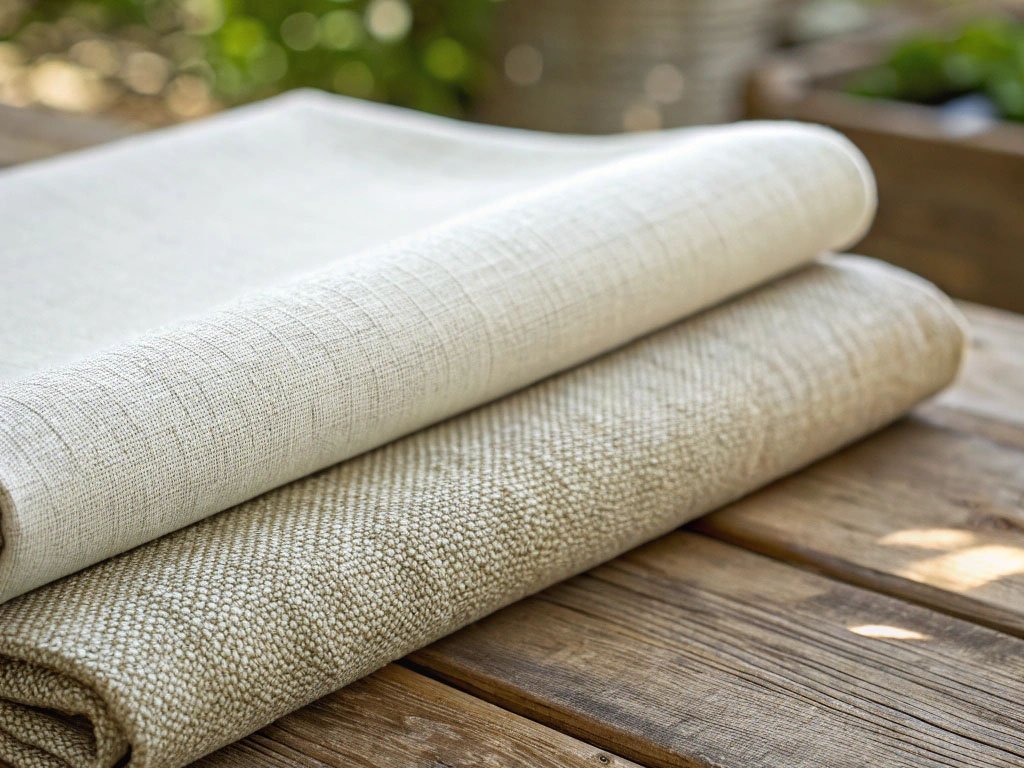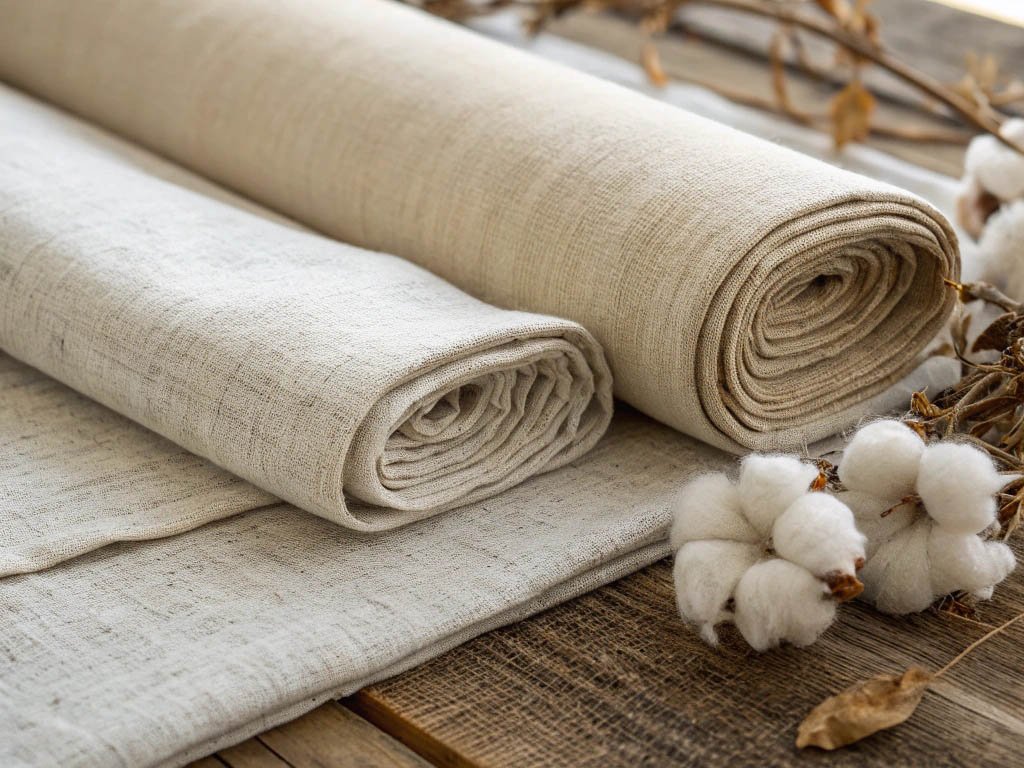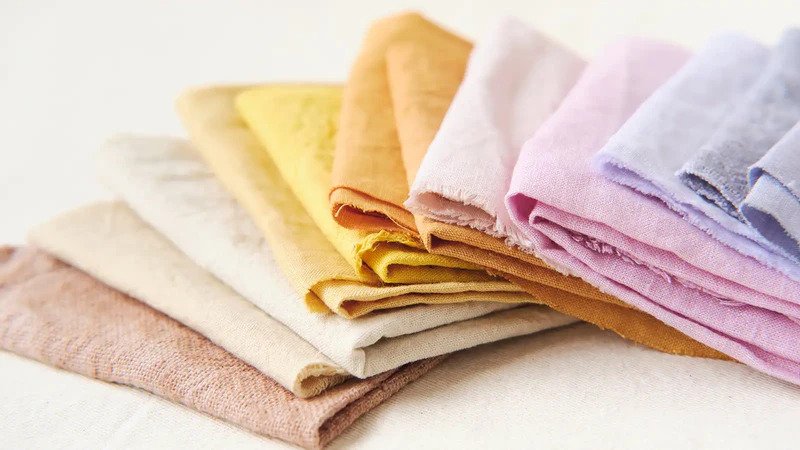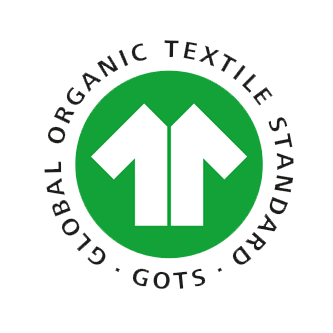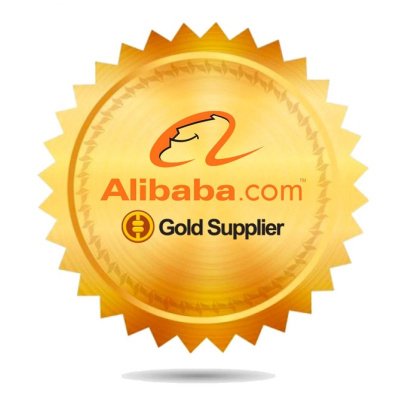When working in the world of apparel production, it’s easy to underestimate the value of simple tools. But ask any sample room technician or dressmaker at Xzapparel, and they’ll agree: nothing gets done without the right pins. Among them, one type dominates our workstations.
The most common pin in dressmaking is the glass-head pin. It’s prized for its heat resistance, visibility, and all-purpose usability across fabrics.
Let’s explore what makes glass-head pins the top choice in fashion manufacturing, and how they compare to other types.
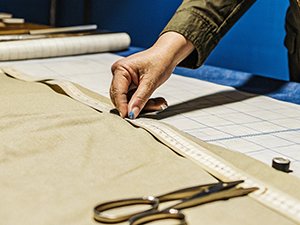
What exactly is a glass-head pin?
It’s a versatile pin designed for professional use.
A glass-head pin consists of a slim metal shaft—usually stainless or nickel-plated steel—with a heat-resistant glass bulb at the top.
Core Features
- Length: Usually 1.5″ (38mm)
- Thickness: Medium, suitable for woven and knit
- Head: Glass (non-melting under an iron)
- Shaft: Smooth for easy piercing
We use them in every step from cutting table to final fitting.
Why is it the most commonly used pin?
Because it fits nearly every need.
Glass-head pins offer the perfect balance of strength, precision, and safety. They work with cottons, polyesters, knits, and blends—making them indispensable in fast-paced sample development.
Advantages
- Easy to see due to colorful heads
- Can be ironed over safely
- Do not rust easily
- Durable and rarely bend
In our factory, each sampling station stocks 500+ glass-head pins at all times.

How does it compare to other pins?
Let’s break it down.
Pin Comparison Table
| Pin Type | Strength | Heat Safe | Best For | Limitation |
|---|---|---|---|---|
| Glass-Head | Medium | Yes | Wovens, knits, pressing | Not for very delicate fabrics |
| Silk Pins | Light | No | Chiffon, lace | Bends easily |
| Ballpoint Pins | Medium | No | Stretch and jersey | Not ideal for crisp wovens |
| T-Pins | High | Yes | Heavy coats, canvas | Too thick for fine garments |
| Quilting Pins | High | No | Multi-layered seams | Bulky, long |
The versatility of glass-head pins makes them the go-to in commercial production.
What sizes and thicknesses exist?
Customization matters.
Glass-head pins come in a range of lengths and gauges. Our choices depend on fabric thickness and project phase.
Common Lengths
- 1″ (25mm): Light fabrics
- 1.25″ (32mm): Most pattern work
- 1.5″ (38mm): Standard
- 2″ (50mm): Layered garments or thick seams
Thickness Ratings
- Fine: 0.5 mm (for silk, rayon)
- Medium: 0.6 mm (for cotton, jersey)
- Thick: 0.7 mm+ (for denim, outerwear)
We sort pins by thickness and color-code them in our sample room.
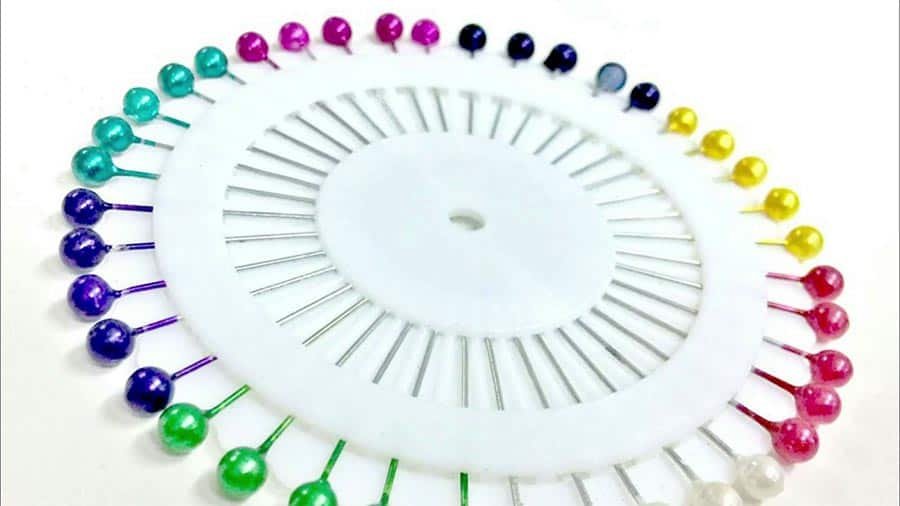
How do we use glass-head pins in real production?
Everywhere.
At Xzapparel, we use glass-head pins in fabric prep, block fitting, collar placement, dart alignment, and even QC stage sample re-checks.
Use Cases by Department
| Department | Use of Glass-Head Pins |
|---|---|
| Cutting Room | Pattern anchoring during manual cuts |
| Sampling Room | Fit checking, seam holding, interfacing setup |
| Pressing Team | Ironing marked positions (no melting risk) |
| Technical Fit | Temporary pleat and dart mockup |
They’re easy to handle and visually easy to detect during handoff.
What safety protocols apply to pin usage?
Yes, even pins have SOPs.
We use safety protocols like pin count logs, colored pinheads, and magnetized retrieval trays to ensure pins are accounted for.
Safety Measures
- Color: Red pins mark corrections; blue for standard
- Tray policy: All pins returned before handoff
- Inspection step: Magnetic wand sweep before sealing samples
- Machine rule: Never stitch over pins
Pin-related injuries or damage are minimal thanks to training.
Are there variations of glass-head pins?
Yes—and they serve niche needs.
Types
- Extra-long glass-head pins – For thick coat or multi-panel structures
- Color-coded head pins – For marking adjustments (e.g., size shifts)
- Double-shafted pins – Specialty pattern alignment tools
We also stock glass-head pins in pastel colors to mark seasonal sample types.

How do we train new team members to use pins properly?
Training is standard.
Each sample technician undergoes tool orientation, including pin etiquette, alignment strategy, and safety routines.
Topics Covered
- Pin angle for woven vs. knit
- Pin spacing (recommended: every 2–4cm on seam)
- Match points: notch-to-notch pinning
- Removing vs. sewing over pins
- Storage protocols and replacement frequency
New hires are tested on pin application in mock fitting sessions.
What happens when the wrong pin is used?
Mistakes cost time.
Using thick pins on fine fabrics leads to snags. Skipping pinning causes pattern misalignment. Bending pins can shift seam lines.
We catch most pinning errors during our pre-sew inspection.
Common Errors
- Over-pin = fabric distortion
- Pin too close to edge = fraying
- Skip pinning = loose or asymmetric seams
Our internal QA includes pin trace marks as a review checkpoint.
Conclusion
The glass-head pin isn’t just the most common pin—it’s the most trusted, versatile, and production-friendly option available. It supports nearly every fabric type, works across departments, and holds up under real manufacturing pressure. At Xzapparel, it’s one of our most essential—and beloved—tools.
Want to experience a production process where every detail, down to the pin, is managed precisely? Let’s build your next collection the right way.


